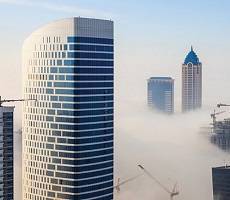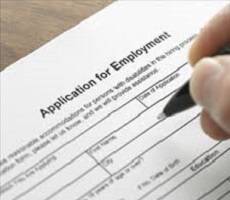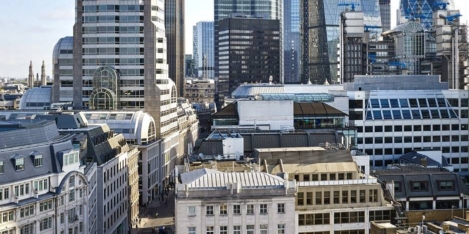September 9, 2016
Fall in demand for office space across the United Arab Emirates 0
 Redundancies in the oil and gas, finance and banking sectors have stifled demand for office space across the United Arab Emirates (UAE). Cluttons’ 2016 UAE Property Market Report expects declines of close to 5 percent in Abu Dhabi and Dubai, with Sharjah predicted to see declines of closer to 10 percent by the end of the year. With challenging economic conditions expected to persist in Abu Dhabi in the short term, the prospect of seeing a surge in take up activity remains low. Consolidation activity remains a dominant feature of the market, while some firms are taking a ‘wait and see’ approach to relocating from more secondary space, deterred by the capital expenditure associated with a move. In Dubai landlords’ are getting used to quieter conditions due to the emphasis occupiers are placing on budgets; while after six months of stability in Sharjah’s office rental market, rents are starting to falter, with two of the city’s three major office markets registering declines.
Redundancies in the oil and gas, finance and banking sectors have stifled demand for office space across the United Arab Emirates (UAE). Cluttons’ 2016 UAE Property Market Report expects declines of close to 5 percent in Abu Dhabi and Dubai, with Sharjah predicted to see declines of closer to 10 percent by the end of the year. With challenging economic conditions expected to persist in Abu Dhabi in the short term, the prospect of seeing a surge in take up activity remains low. Consolidation activity remains a dominant feature of the market, while some firms are taking a ‘wait and see’ approach to relocating from more secondary space, deterred by the capital expenditure associated with a move. In Dubai landlords’ are getting used to quieter conditions due to the emphasis occupiers are placing on budgets; while after six months of stability in Sharjah’s office rental market, rents are starting to falter, with two of the city’s three major office markets registering declines.











 The first full month of market activity in the UK’s commercial property sector since the Brexit vote, saw its value fall by just under three percent, according to
The first full month of market activity in the UK’s commercial property sector since the Brexit vote, saw its value fall by just under three percent, according to 
 Whether or not you raise an eyebrow every time you hear about the need for employee engagement, there is a growing body of research which links engagement to performance.
Whether or not you raise an eyebrow every time you hear about the need for employee engagement, there is a growing body of research which links engagement to performance. 



















August 31, 2016
Addressing the five negative influences on organisational culture 0
by Matias Rodsevich • Comment, Flexible working, Knowledge, Workplace
(more…)